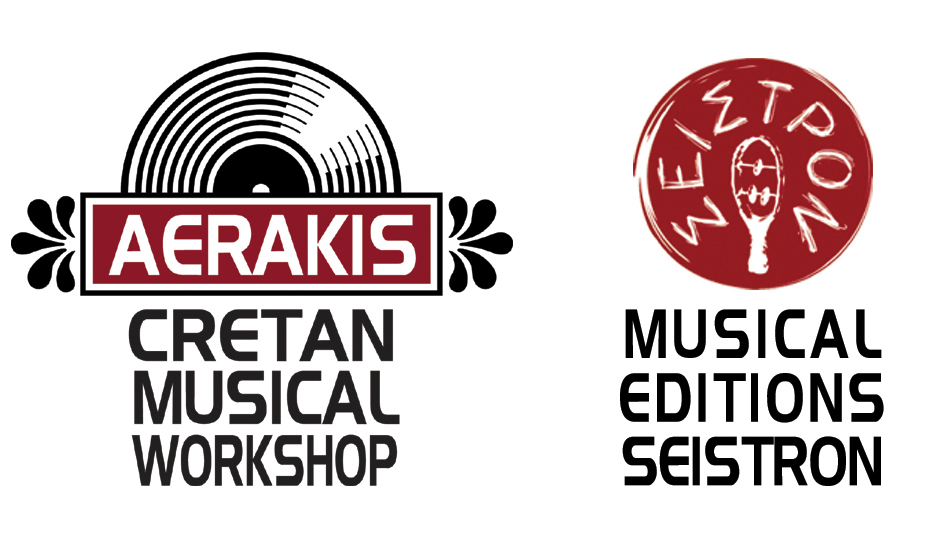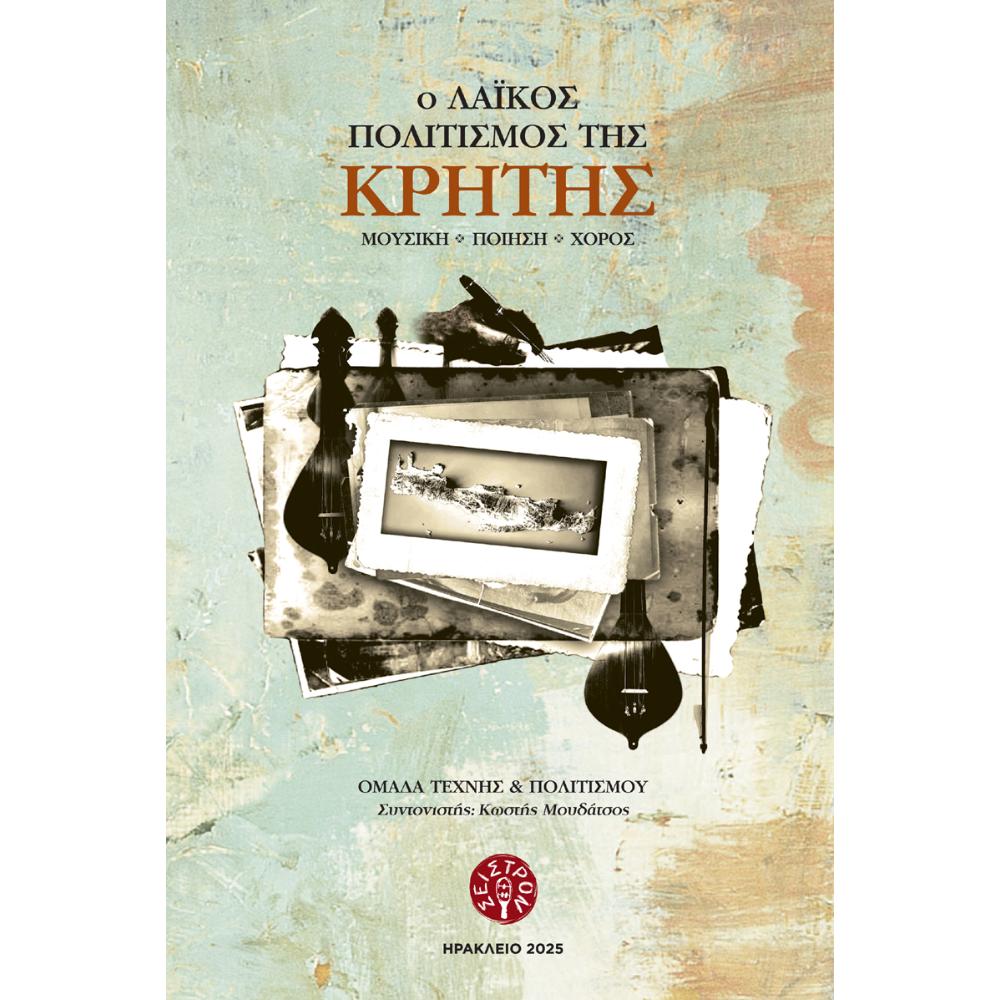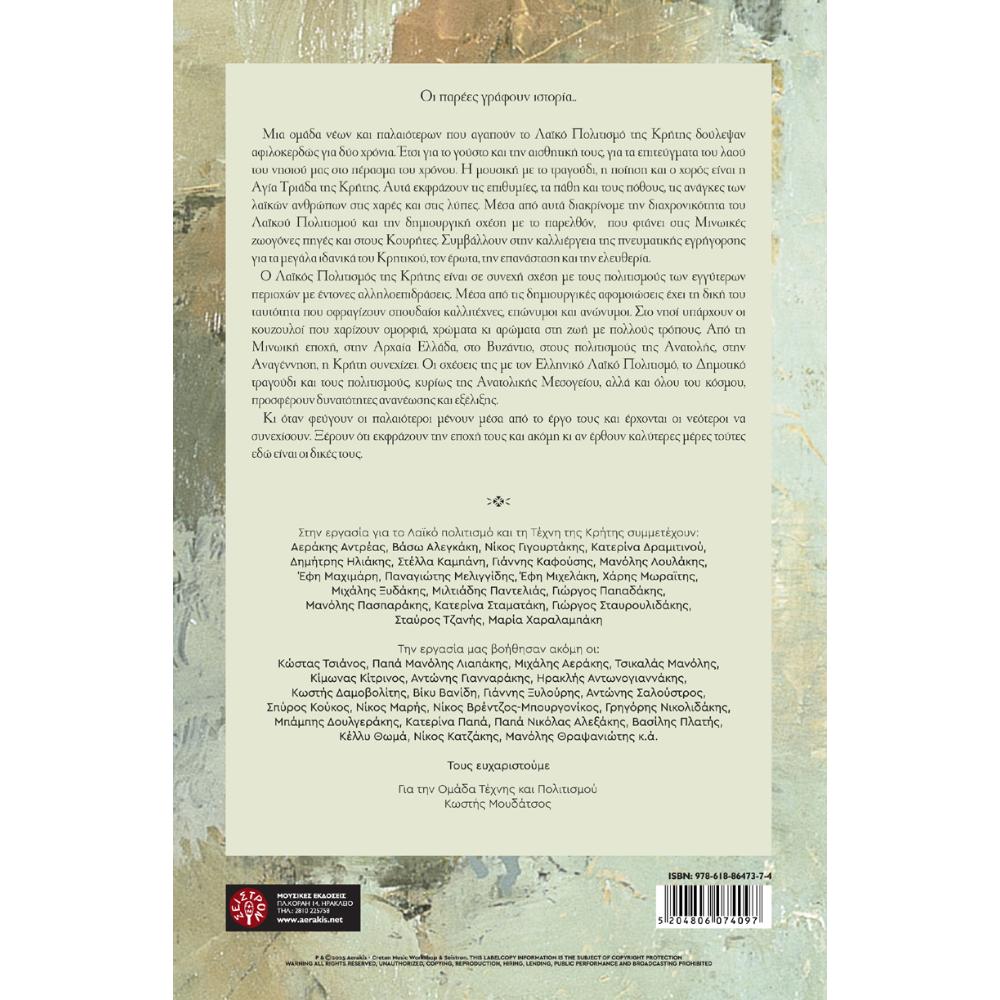A Note from the Art and Culture Collective ,
On Folk Tradition and the Birth of this Book.
The world we behold is steeped in truth and sorrow. The lyre and bow know how to sing what words cannot. They tell of pain, of joy, of love and guide us with their melodies through the dance of life. We do not seek to perform, only to speak.
The folk artist wraps sorrow in the warmth of longing, hiding the cries of the world, a mother’s sob, the song that turns to dance just for the eyes of our beloved, for life’s mischievous play, for the soaring flight toward freedom we dreamed of and lost. They sing of truths turned to lies,
and of dreams that become real through word and melody. Even a lie, once danced and sung, becomes a kind of truth. Folk artists know that the doors of any power are locked tight. Still, they create. Imagination, wild and brave, crafts dreams into verse and song, into rhyme and tune.
The artist remains silent, only to speak. Their treasure is a seed buried deep in the soil and from that seed comes fruit. That is their truth. Folk artists are like the forsaken: praised with tender words in public, yet pushed to the margins in silence. Still, we confess: Their treasure is a seed in the earth, and the soulful know that the poet may be hidden, but his voice becomes a song in the mouths of those who thirst for life and chase their dreams. The more the world denies the folk artisan, the greater the legacy they leave behind-named or unnamed, their art belongs to the master builder: the people themselves. It is the people who lay the foundations for truth, for beauty, for the immortal work.
In our group, we discussed of folk culture and its deep values, but also how it is so often ignored by those in power or dismissed by polished intellectuals and those who hold the strings. Even in the plans of progressive parties folk art is exiled to the fringes. As for governmental initiatives, only hollow gestures like water slipping through fingers. But even from the grave ,even from the dark corner where they are cast, folk artists turn clouds into horses and stars into bridles, thus breathing life into time itself.
So , this idea came up for us, as a group :to lift from the depths the hidden treasures
of our people’s culture and art. All those participated in this group, this effort are those who love, culture, art, and the very soul that shape them—the people. The people have always been the Master Artisans. OM Mastampas Atsalenio embraced the idea with joy. Also SYRIZA’s Prefectural Committee in Heraklion showed interest with no conditions. A good omen, indeed, for, Art cannot live behind castle gates. More than thirty friends and comrades joined this effort,
each one carrying the experiences and the choices of a lifetime -Hunger and thirst for life. For a life well-lived. The burden was heavy, the climb steep but the decision bloomed like wildflowers
daring the world with their beauty. No one asked for reward or recognition, only for the chance to speak,to give voice to the art of our people. For nearly two years, young and old,boys and girls, men and women,wise elders from every corner of Crete—and friends from across Greece and abroad walked this path together.
Some came from the Left, others from different political movements—
anarchists, independents, those who belong to no party, but all of them lovers of folk tradition. The cultural groups of OM Mastampas–Atsalenio and the Heraklion Prefecture know:
when we open a path in the soil, we find the living seed. They know that the journey of our people is not a straight road, but one of curves and turns where direction shifts like the wind.
Times may change. Places and people may change dramatically. Only the path carved by the folk artist and the power of their art will remain intact!




